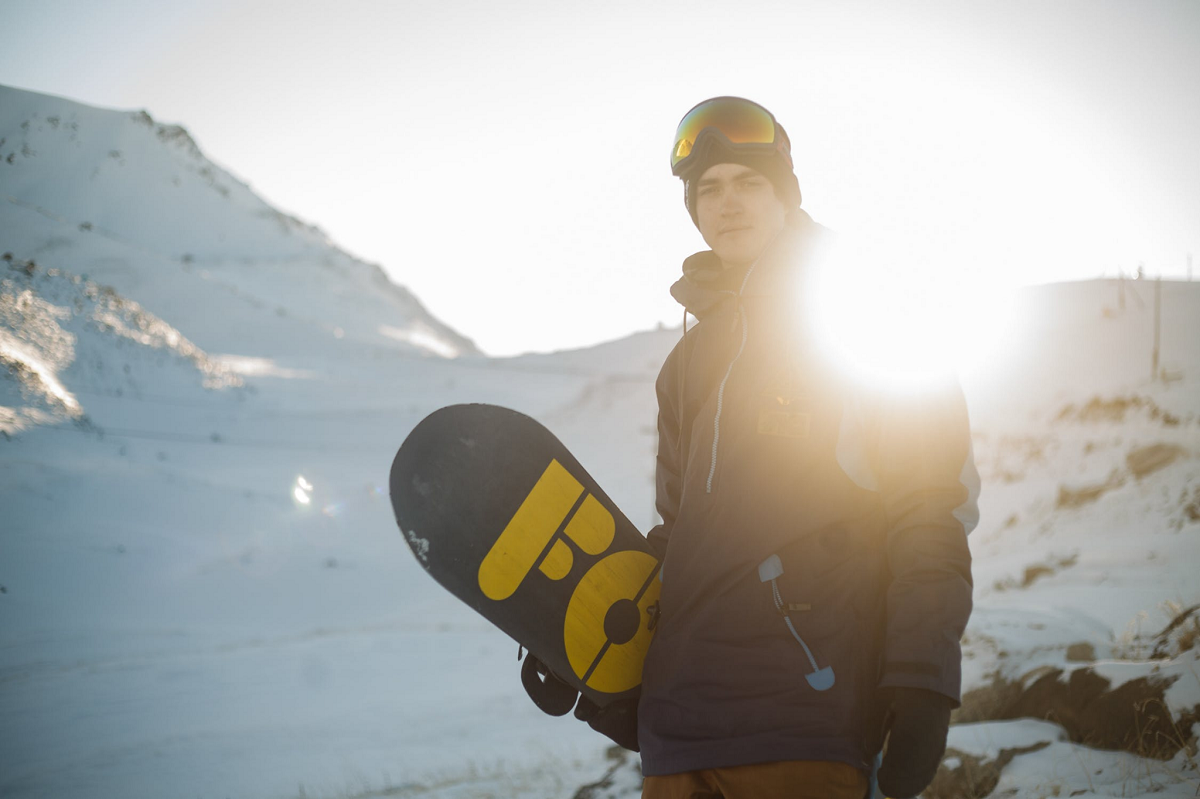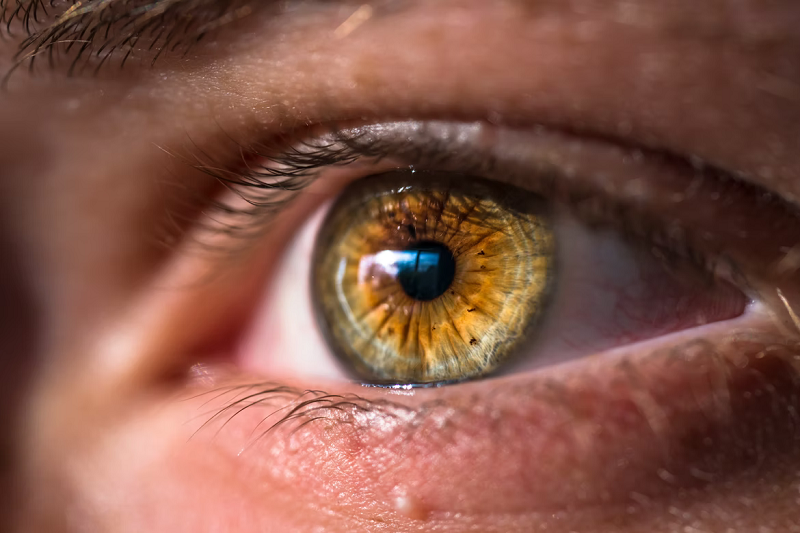Continuous exposure to ultraviolet (UV) light, like that from the sun, isn’t only damaging to your skin, but to your eyes as well. It may result in a painful condition known as snow blindness.
What Is Snow Blindness?
Snow blindness, also called photokeratitis, is an eye condition caused by long-term or acute UV exposure. The word photokeratitis describes inflammation of the cornea due to light. Snow blindness is a form of sunburn, except, in this case, it’s your corneas that are burned.
The condition is known as snow blindness because snow reflects most of the UV rays that fall on it, and snow sports like skiing or snowboarding typically take place at high altitudes where the sun’s UV rays are stronger. This could increase your chances of getting snow blindness, even though it’s possible to develop it at any time of the year.
Other causes include:
- Using tanning beds or sun lamps without the right equipment or protection
- Looking directly at the light created by a welder’s torch
Symptoms of Snow Blindness
Snow blindness can cause alarming and painful symptoms, including:
- Sensitivity to bright light
- Burning eyes
- Pain in one or both eyes
- Feeling like something is in your eye
- Red eyes
- Blurry vision
- Swollen eyes or eyelids
- Headaches
- Teary eyes
- Glares and halos in your vision
You may also experience temporary vision loss, although this shouldn’t last more than 48 hours.
Even though snow blindness cannot cause true blindness, it can damage your vision and ability to see colors.
How to Prevent Sunburned Eyes
The best way to protect your eyes from snow blindness is to wear sunglasses that are UV protective and which block out 100 percent of all UV rays when you’re outside. Prescription sunglasses with sun-sensitive lenses are an equally convenient option, although you should know that you can still get snow blindness, even on a cloudy day.
If you’re going skiing or snowboarding, your best option is to get wrap-around sunglasses or snow goggles that prevent both direct and indirect exposure to UV light. You can ask your eye doctor to check if your sunglasses block 100 percent of UV rays or not.
How to Treat Sunburned Eyes
In most cases, snow blindness should go away by itself within 24-48 hours. However, there are a few things you can do to help speed the process up, including:
- Removing your contact lenses if you usually wear contacts and not putting them back until your eyes are healed.
- Keeping your eyes lubricated using preservative-free eye drops.
- Refraining from rubbing your eyes, as this could damage them even further.
- Placing a cool, damp towel across your eyes, as this may help soothe the inflammation.
- Staying indoors and out of UV light for at least 48 hours.
If you’re experiencing pain or irritation, taking over-the-counter pain medication such as Tylenol may help. Contact your eye doctor immediately if your symptoms don’t subside within two days or if they worsen after 24 hours.
Tips to Protect Your Eye Health
UV rays don’t only cause photokeratitis. Prolonged exposure to the sun could accelerate age-related macular degeneration and cause cataracts.
If you want to avoid snow blindness and keep your eyes healthy, here are some eye care tips:
- Wear the right kind of eye protection: Sunglasses not only help prevent snow blindness but could reduce your chances of developing cataracts or skin cancer around your eyelids.
- Wear goggles when swimming: Chlorine and salt water can cause irritation and red eyes while swimming. Wearing goggles will prevent water from getting into your eyes.
- Don’t wear contact lenses in water: Your lenses may swell, stick to your eyes, or change their shape when exposed to water.
To learn more about protecting your eyes, or if you’re looking for help with a possible eye condition, visit our website today. Schedule an appointment online now to get help from our team of expert ophthalmologists.



